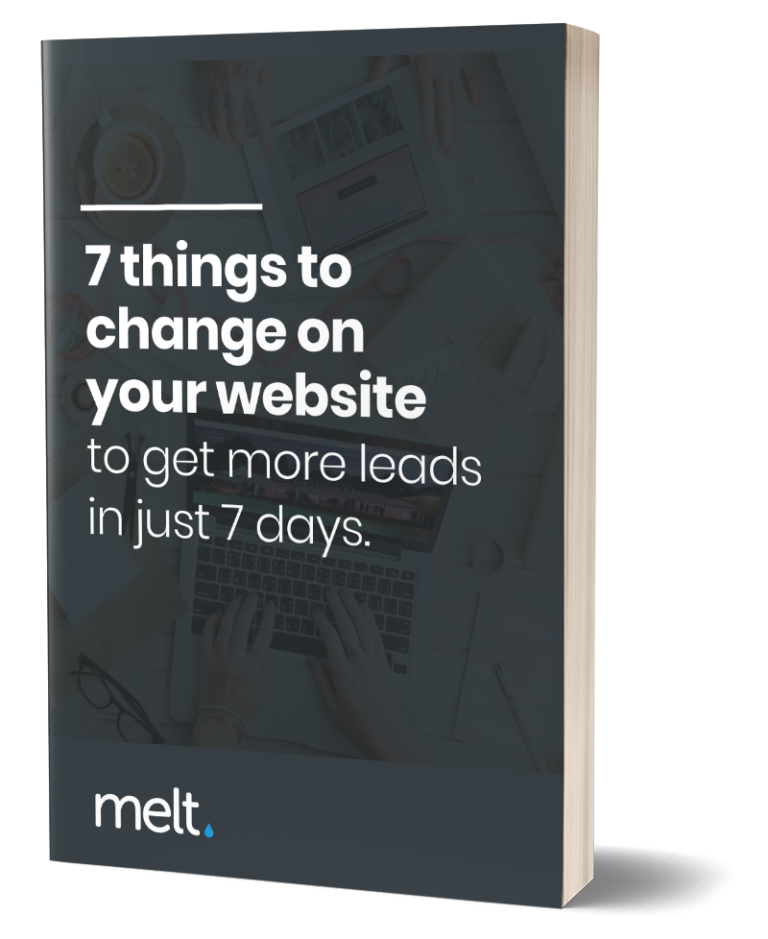When designing a website, it’s easy to fall into the trap of designing a site based on what you think will look good and be aesthetically pleasing. After all, it’s easy to get caught up in the excitement of creating something new and exciting. However, if you want your site to be successful and generate leads or sales, you must focus on conversion-centred design principles.
This article aims to teach you how to apply some of the principles of conversion-centered design to your website.
What is Conversion-Centered Design?
Conversion-centred design is a methodology for creating websites that are optimised for conversion. The approach’s objective is to create a user experience focused on making it easy for visitors to take action on your website, such as buying a product or signing up for your email list, otherwise known as lead generation.
The conversion-centred design focuses on the needs and wants of your audience and how they interact with your site. It requires an understanding of what drives people to take action (e.g., purchase something) and how best to present information so that users can easily find what they need without feeling overwhelmed by too many options or distracted by irrelevant content.
6 Tips To Apply Conversion-Centered Design
Focus on Single Goals
Conversion-centred design aims to create a clear path for users to take action. To effectively achieve that goal, it is important to focus on a single conversion event (e.g., purchase or sign-up). This will help you avoid creating multiple paths through your site and keep people moving forward instead of getting lost in your content.
Craft Your Value Proposition
To create a clear value proposition for your site, it’s important to understand who you want your audience to become after interacting with your site. This will help you focus on the content and messaging you should use to attract those users. For example, if you want visitors to sign up for your email list, then make sure they know exactly how they’ll benefit from joining it—and make that benefit easy to find.
Focus On Presenting Benefits
When people visit your site, they should know exactly what’s in it for them. Focus on the benefits of your product or service, not just on the features—because if you don’t tell visitors how they’ll benefit from using your site, no one else will.
This is especially important for B2B companies because buyers aren’t usually as familiar with your industry as you are. They may not know how to find what they need, so it’s up to you to show them how your products or services can solve their problems.

Discover where your website is holding you back with a free, personalized audit report. Uncover what's keeping your site from reaching its full potential and start taking action today!
Boost Credibility
If you want to build trust with your visitors, they must see you as an authority in your industry. One way to do this is by using testimonials from past customers or case studies about how other companies have benefited from your product or service. This helps show visitors that others have found success using what you offer—making them more likely to buy from you.
Create a Sense of Urgency
Urgency can help you increase sales by creating a sense of urgency. If your visitors see that they only have a limited amount of time to take advantage of an offer, they’re more likely to act now rather than later. You can use urgency in many ways—from offering discounts for purchases made today to send out special offers on social media.
Test Your Design
Test your design to make sure it’s easy to use. You want people to be able to find what they’re looking for quickly, so make sure your product or service pages are well-organised and include relevant information such as prices and shipping costs.
Conclusion
The main takeaway from this article is that conversion-centred design is about creating a user experience focused on making it easy for visitors to take action on your website, such as buying a product or signing up for your email list. There are many different ways to apply conversion-centred design, so choosing the ones that best fit your goals is important. This article has given you some tips to get started and help you grow your business through better user experience.
Level up your website with a conversion-centred design to help you grow your business. MELT’s website conversion optimisation services can help you to improve your website’s conversion rate. If you would like further advice on how to apply conversion-centred design principles to your business, get in touch with us today!

